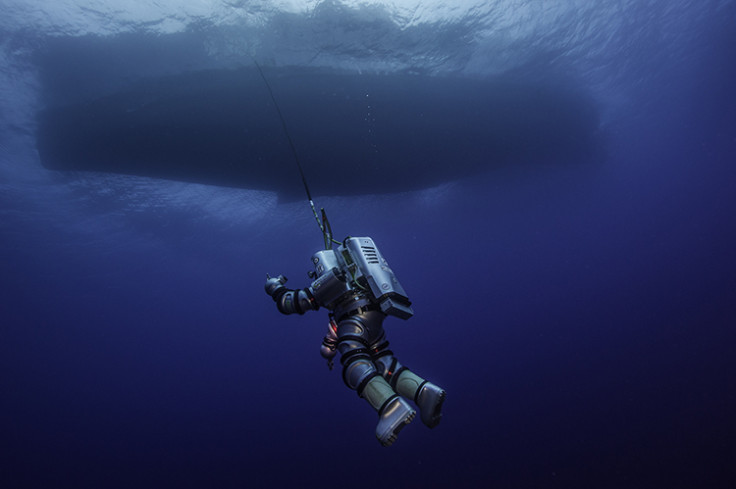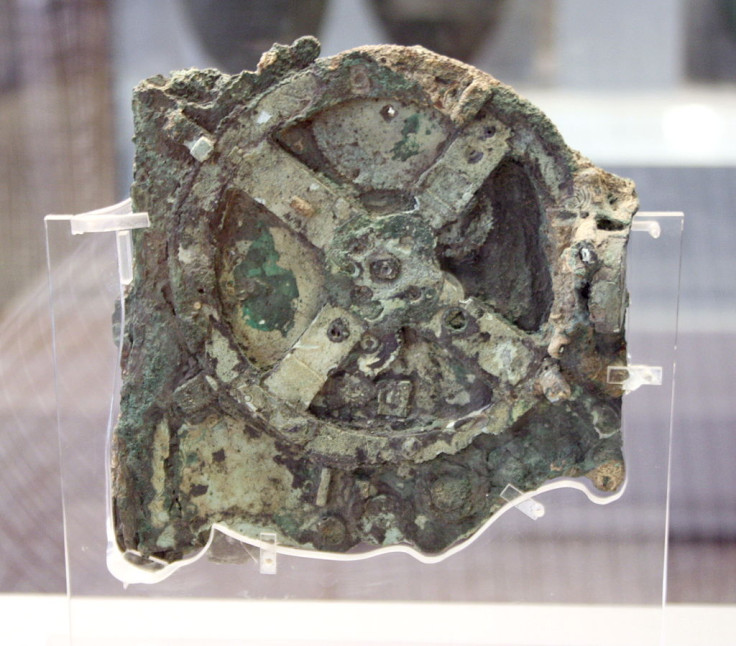Titanic of the Ancient World: Treasure from Ancient Greek Ship Uncovered off Antikythera

A Greek ship that sank off the remote island of Antikythera in the Aegan Sea more than 2,000 years ago has been described as the "Titanic of the ancient world".
Divers and archaeologists discovered the wreck where the Antikythera Mechanism - dubbed the world's first computer - was found is far larger than ever imagined.
The Antikythera wreck was first discovered in 1900 by sponge divers who had been thrown off course during a storm.
Since then, the site has provided researchers with a hoard of tresure, including bronze and marble statues, jewellery, furniture and the illusive Antikythera Mechanism.

However, explorers were forced to abandon the search after one person died and two more were paralysed from the bends, a form of decompression sickness suffered by divers.
An international team of researchers has now returned to the site using a state-of-the-art exosuit that allows divers to delve to depths of up to 150 metres while still allowing them to undertake delicate tasks.
Resembling a space suit, it uses rebreather technology where carbon dioxide is scrubbed from the exhaled air and oxygen is introduced and recirculated. It allows divers to spend three hours in the depths of the ocean.
Archaeologists Brendan Foley of the Woods Hole Oceanographic Institution and Theotokis Theodoulou of the Hellenic Ephorate of Underwater Antiquities made a high-resolution 3D map of the site in the eastern Mediterranean in September.

This then allowed them to recover a series of treasures proving far more cargo is still preserved beneath the sediment.
It also showed the wreck is scattered over a much larger area than thought, while the size of the anchors and hull planks show the ship was up to 50 metres long.
"The evidence shows this is the largest ancient shipwreck ever discovered.
"It's the Titanic of the ancient world, " Foley said.
Recovered artefacts include a table jug , an ornate bed leg and a two-metre-long spear that belonged to a giant statue - possibly of a warrior or the goddess Athena.

Previously, four giant marble horses were found in the wreck, which could have formed part of a complex statue involving a warrior in a chariot being pulled by horses - providing support for the Athena theory as the goddess was often associated with war strategy and heroism.
Theodoulou said: "We have a lot of work to do at this site to uncover its secrets."
The Antikythera wreck dates from as early as 70 BC. It is believed to have been carrying a luxury cargo of Greek treasures when it sank during a violent storm that smashed the ship against the island's cliffs.
The Antikythera Mechanism is the oldest known gear mechanism and is sometimes referred to as the first known analogue computer. It appears to have been designed to make astronomical predictions such as the occurrence of eclipses.
Some researchers also believe that it was possibly used to determine which would be the next city to host the Olympic Games.
© Copyright IBTimes 2025. All rights reserved.






















